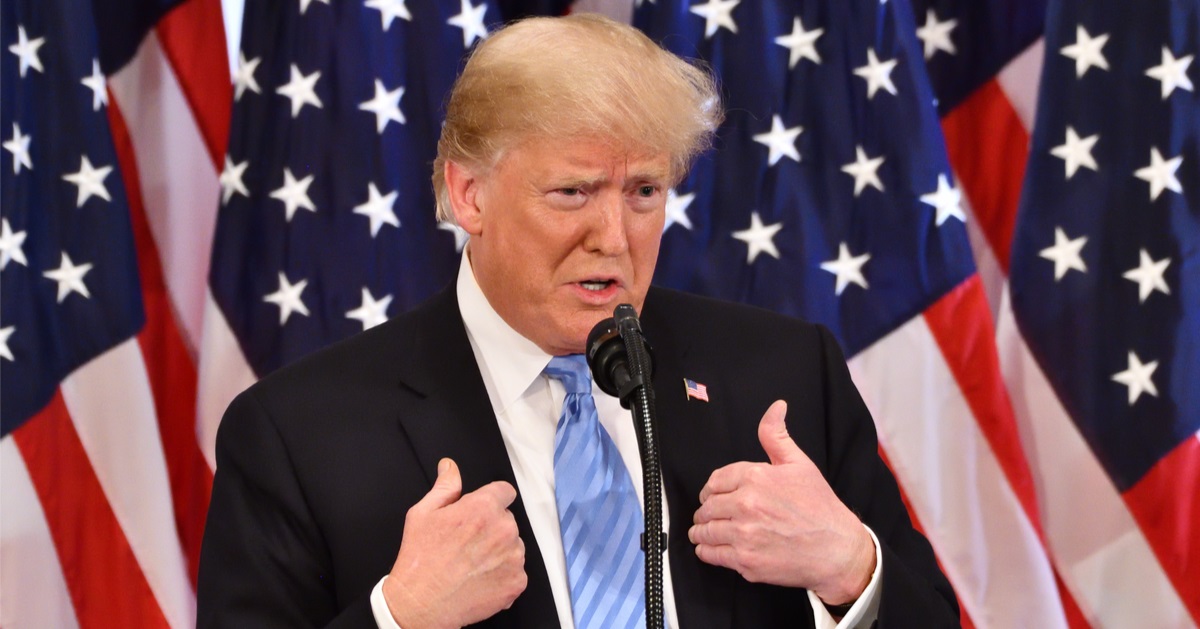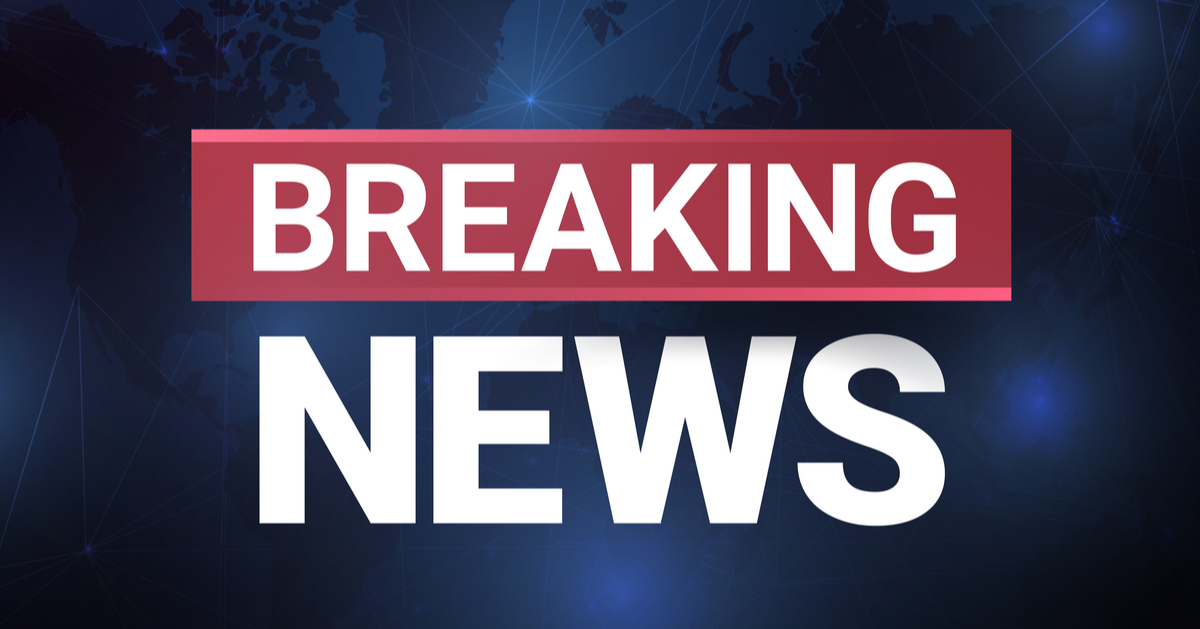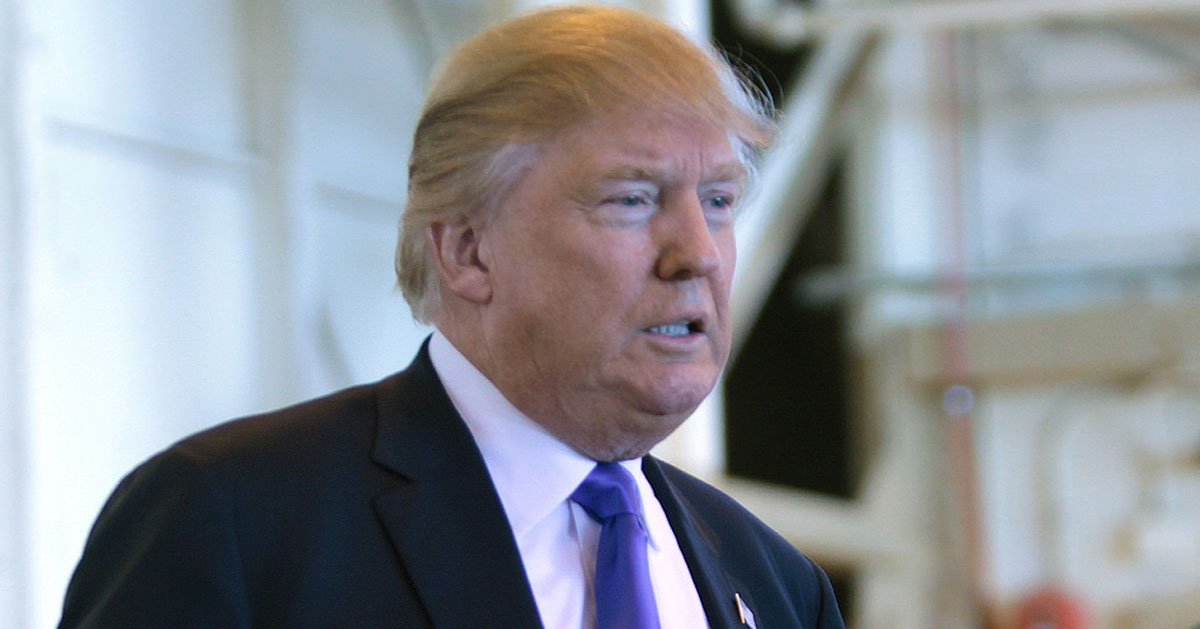DANIEL VAUGHAN: How To Measure Trump's Trade War With Mexico, Canada, And China
Trump's tariffs on Mexico and Canada, with China on deck, are going into effect this week. The press is freaking out, and there is an additional market outcry. If tariffs were in place long-term, Trump's critics would be right about their use. They limit growth and impact free trade. But using tariffs as a means to an end is something else entirely.
So far, Trump is using tariffs as a big stick, hewing somewhat closely to Teddy Roosevelt's approach of "speak softly and carry a big stick." Trump's approach is more "speak loudly and constantly, and also have a big stick." But we've seen two immediate versions of this play out to improve Ameirca's position.
First, Colombian President Gustavo Petro quickly backed down from threats to not accept military deportation planes after Trump announced an array of tariffs and other threats against the country. Petro even offered his personal presidential plane to help move people in deportation flights. Trump backed down from the threats because he got what he wanted.
Next, there's Panama, where newly sworn-in Secretary of State Marco Rubio warned of consequences if Panama did not sever its ties with China. Trump has threatened to take the Canal back over and even use military force if necessary. After Rubio's visit, Panama's President José Raúl Mulino changed his tune:
José Raúl Mulino, Panama's president, said his nation's sovereignty over the 51-mile waterway, which connects the Pacific Ocean and the Caribbean Sea, will remain unchanged. But he said he would not renew a 2017 memorandum of understanding to join China's Belt and Road global development initiative and that Panama would instead look to work more closely with the U.S.
He added, "I think this visit opens the door to build new relations … and try to increase as much as possible U.S. investments in Panama." In short, the United States gets what it wants here: more control over the Panama Canal and a decrease in China's presence in America's backyard. This is important because 72% of the trade through the Panama Canal is either from or going to a U.S. port.
In both instances, Democrats claimed awful things would happen if Trump instituted tariffs, and in both cases, neither was needed. After announcing and implementing tariffs, Trump is set to talk with Canada and Mexico about the situation. In 2016, he used these threats to renegotiate NAFTA.
In his second term, much like the Canal, the focus is on China, immigration, and drug smuggling into the United States. Canada's government under Trudeau has had to explain why it has helped train China's military in the Arctic and why it won't help deal with U.S. border security.
With Mexico, Trump's broadside against the country's closeness with the cartels is critical on this front, too. Trump wants them to fight the cartels, something Mexico is rebuffing. On its face, Mexico's stance on cartels is both bewildering and explains so many of the problems there, which are spilling into the United States.
The question of how to measure Trump's trade war is identifying what he actually wants and how close he comes to getting his desired outcome. The press helps his case by rushing out and declaring every tariff, executive order, and word he speaks as uniquely bad and dangerous. They're at full tilt, which forces those on the other side of the table to react to those reports.
For all the bellyaching in the press about some of these tariffs, when presented with the option of removing them, Biden kept Trump's tariffs against China. The entire debate over how China's DeepSeek artificial intelligence platform came to be is centered partially on whether or not the Chinese illegally obtained high-end computer chips to run the advanced tech.
So the question is, with all these tariff stories, what does Trump want, and when does he get close enough to a solution to declare victory? Some suggest that if he overuses this option, it eventually loses its luster as a possibility in the tool belt. And that is true, especially if you never move forward with threats.
Trump has actually engaged in tariffs, though. Countries are feeling the heat and are forced to move, especially as the U.S. dollar strengthens during these moves and crushes other currencies.
One last irony is that while tariffs are naturally inflationary - prices do rise, they can also lower economic growth. That'sbad in most situations. For Trump, he wants to lower interest rates with the Federal Reserve. If tariffs slow consumer consumption and lower demand, it could cool the factors that have driven inflation for the last four years. And if that's true, it could allow Trump to get interest rates lowered through the Federal Reserve, handing him another win.
It's too early to tell where the current trade war will go in North America, but Trump has found early success in using tariffs as a threat to achieve policy goals. That's how these tariff threats should be measured for now.





